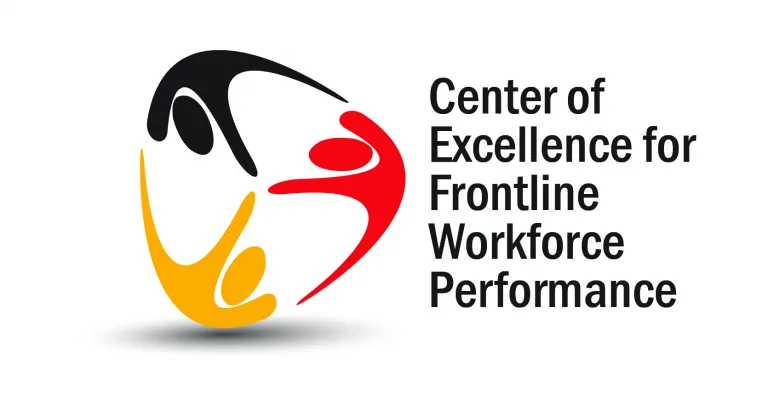
Frontline Workforce
Performance Journal
Author
T. Muralidharan
Founder,
Quanta People

Management’s strategy?
They focused relentlessly on optimizing individual components:
Departments worked in silos— engineering, manufacturing, quality control—each chasing its own KPIs.
Quality control happened after production, trying to catch defects instead of preventing them.
Despite hitting individual department targets, the entire system was broken. Poor quality cars, labor disputes, and massive inefficiencies became the norm.
In 1984, Toyota partnered with GM to reopen the same Fremont plant as NUMMI (New United Motor Manufacturing, Inc.).
But Toyota took a very different approach:
GM’s mistake was trying to optimize isolated parts.
Toyota’s success came from optimizing the system as a whole.
At first glance, hiring processes in many companies, especially in high-attrition sectors like BFSI, appear efficient:
• 15% of new hires are Zero Performers.
They haven’t made a single sale in six months, but the company has already sunk six months’ salary into them.
• Massive performance gaps.
The bottom 10% perform 10x worse than the top 10%.
A staggering 30%-40% of HR budgets are wasted on underperformance and churn.
Each department is laser- focused on local metrics:
•Recruitment teams optimize cost of hire, ignoring the cost of a wrong hire.
•Training teams reduce training costs, but aren’t accountable for post-training performance.
•Onboarding teams focus on completing checklists, not ensuring readiness.
The system fails to deliver its real objective: Hiring people who perform and stay.
At Quanta People’s Centre of Excellence ON Frontline
Workforce Performance, we’ve estimated that: The cost of a wrong hire is 5X the cost of hire in BFSI frontline roles.
Here’s what needs to change:
1. System Outcome Metrics: Shift from siloed KPIs to metrics that force collaboration:
• % of new hires who stay AND perform in the first 6 months.
2. Redefine KPIs Across Teams:
• Recruitment Team:
– Cost of Right Hire, not just cost of hire.
– Cost of wrong hire.
– Time-to-fill right hires, not just anyone.
• Training Team:
– Time to first sale.
– % of trainees hitting 50%+ target in first 3 months.
• Onboarding Team:
– Measured by readiness to perform, not checklist completion.
The HR and Talent Acquisition world in BFSI and similar industries is dangerously close to repeating GM’s mistake— focusing on sub-optimization, while the system leaks value.
If we want to build sustainable, high-performing workforces, we must shift to the Toyota Way:
Harmonize all parts toward the ultimate goal — performance and retention.
Otherwise, we are just being, in classic terms: “Penny wise, pound foolish.”
